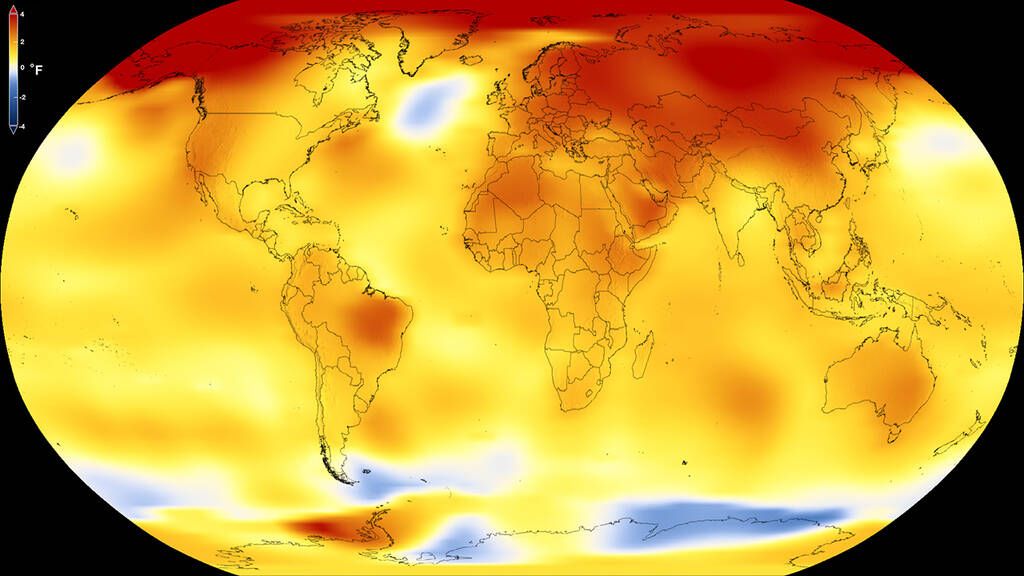International trade can be considered an adaptation strategy to reduce the global impact of climate change on the food system, according to a report by the Food and Agriculture Organization of the United Nations (FAO).
In this regard, researchers Christophe Gouel and David Laborde conclude that the possibility of changing supply patterns offered by international trade is as important as changes in crop mix in determining the ability of countries to cope with the negative effects of rising temperatures on agricultural production.
Furthermore, FAO adds that the free movement of goods can have an additional positive effect in the face of weather shocks and climate-induced uncertainty by reducing price volatility.
From a theoretical point of view, there are three main channels through which trade can affect the environment.
The first is a simple scale effect whereby more (agricultural) production requires more inputs such as land, water or fertilizer. This mechanism is likely to increase environmental pressures on exporting countries.
Then, the second channel is a composition effect driven by comparative advantages. Locating production according to comparative advantage should lead to more efficient use of natural resources, at least if resource endowments and resource efficiency are a source of comparative advantage and can drive supply patterns.
Third, trade can affect technology by providing greater incentives for the adoption of production modes that save on scarce factors and facilitate technological spillovers.
Climate change
Using data from 1995 to 2009, researcher Brian R Copeland evaluates various greenhouse gas (GHG) emissions and pollutants and finds that the effect of technique is much larger than the effect of composition and, in many countries, larger than the effect of scale.
According to FAO, an important element for the present discussion is that for two pollutants mainly associated with agriculture, namely ammonia and nitrous oxide, composition effects play a more systematic and important role compared to other pollutants and GHGs, suggesting that shifting resources out of agriculture and into the secondary and tertiary sectors contributes to reducing some sector-specific pollutants.
![]()

